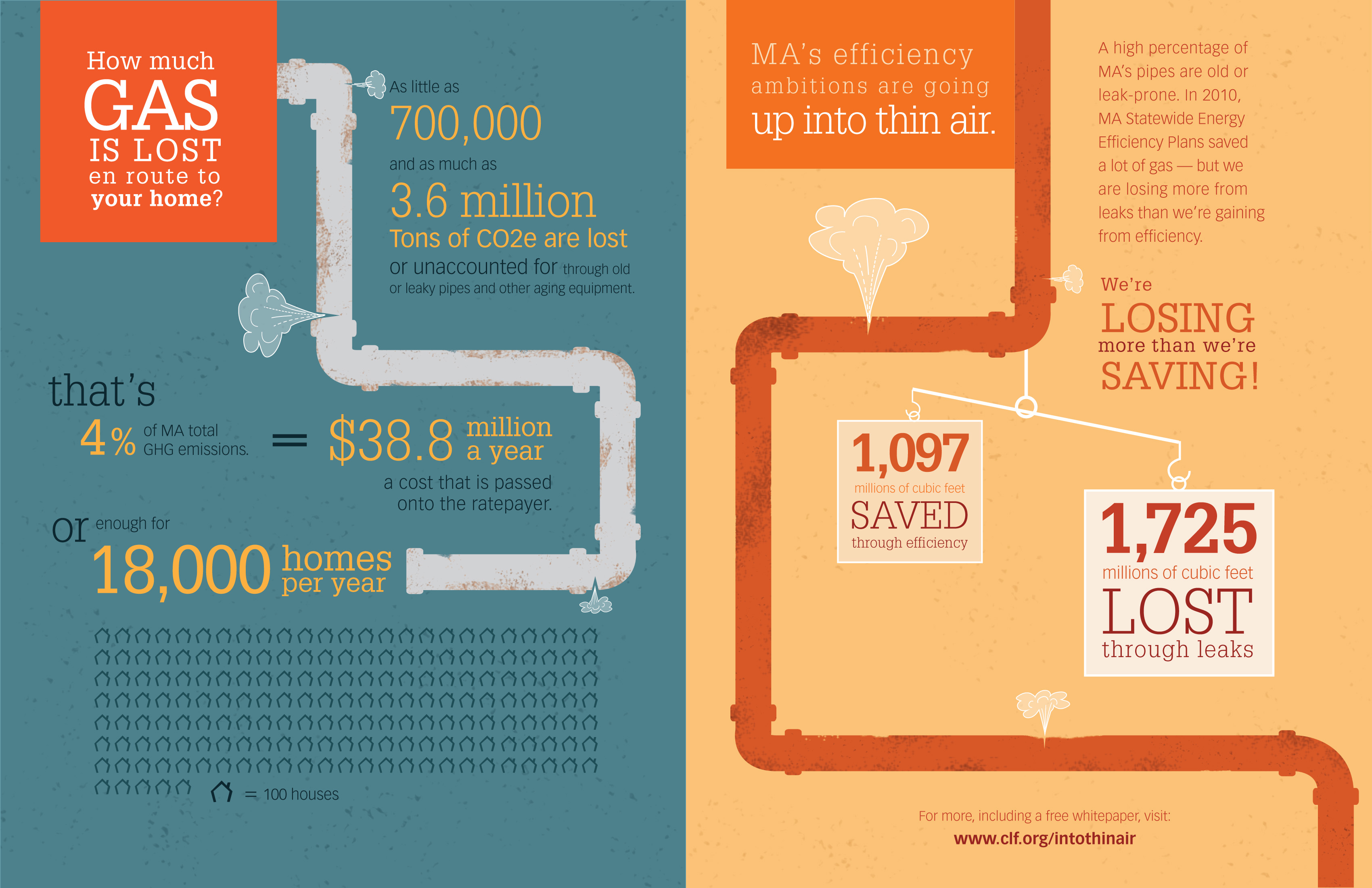The Evolution Of Solar Power: Expectations For The Industry In The Upcoming Years
The Evolution Of Solar Power: Expectations For The Industry In The Upcoming Years
Blog Article
Short Article By-Lindholm Niebuhr
As you consider the future of solar power, envision a landscape where advancement and sustainability converge. The coming years hold the guarantee of significant improvements in solar technology, improving the market as we understand it. With performance gains and price decreases imminent, the capacity for solar power to change our power landscape is tremendous. Stay tuned to find exactly how these developments will certainly shape the future of renewable energy and thrust us towards a greener tomorrow.
Technological Advancements in Solar Panels
Photovoltaic panel have observed impressive technical developments recently. One significant improvement is the increase in performance, enabling solar panels to convert sunlight right into electrical energy more effectively. This has been achieved with developments in materials and layout, making solar energy a more viable and affordable option for renewable resource sources.
One more crucial advancement is the decrease in costs associated with production and installing solar panels. As technology has actually advanced, manufacturing processes have actually come to be extra structured, leading to lower costs for customers. In addition, the resilience and life expectancy of solar panels have actually boosted, making them a much more lasting and long-term financial investment.
Improvements in energy storage modern technology have likewise played an important duty in improving the performance of solar panels. Batteries and various other storage space services have come to be more reliable and inexpensive, making it possible for users to keep excess energy created throughout the day for usage in the evening or throughout durations of reduced sunlight.
Increased Adoption in Various Industries
With the need for sustainable energy options on the rise, different sectors are progressively incorporating solar energy systems right into their operations. Business in fields such as manufacturing, agriculture, and transport are leveraging solar power to minimize their carbon footprint and operating costs.
In manufacturing, solar panels are being mounted on rooftops to power machinery and illumination, causing substantial financial savings on power bills. Agriculture is additionally welcoming solar energy by using it for watering systems and powering ranch equipment, consequently reducing traditional gas costs. In addition, the transport sector is taking on solar technology for billing electric vehicles and illuminating parking lots.
how are passive and active solar energy systems different? of raised fostering of solar energy across sectors is driven by the desire to be much more eco-friendly and lower dependence on non-renewable energy resources. As https://blueandgreentomorrow.com/energy/thin-film-solar-panels-offer-lot-of-great-benefits-for-renewable-energy/ continues to advance and come to be much more affordable, we can expect to see even wider assimilation of solar power systems in various sectors in the coming years.
Policy Changes Driving Solar Development
Accepting renewable resource sources is crucial for sustainable advancement in today's globe. Policy changes play a significant role in driving the growth of solar energy. Governments worldwide are carrying out various actions to advertise the adoption of solar energy. Motivations such as tax credit ratings, refunds, and feed-in tolls encourage individuals and services to buy solar modern technology.
Additionally, guidelines mandating a certain percentage of power to come from sustainable resources push energy business to include even more solar into their power mix. In addition, policies focusing on web metering enable solar users to sell excess electrical power back to the grid, making solar installments a lot more financially sensible.
In some areas, sustainable portfolio criteria require a details part of power to be produced from solar power, producing a steady demand for solar power. These policy changes not just drive the growth of the solar sector yet also contribute to reducing carbon emissions and combating climate adjustment. By sustaining and applying such plans, governments can speed up the change to a much more sustainable energy future.
Conclusion
In conclusion, the future of solar energy looks brilliant with continuous technical improvements, boosted adoption across markets, and encouraging policy changes. With off grid solar energy systems , reduced costs, and boosted energy storage options imminent, solar energy is readied to play a crucial role in the international shift to a cleaner and a lot more sustainable power future. Accept the capacity of solar power and be a part of the renewable resource revolution!
